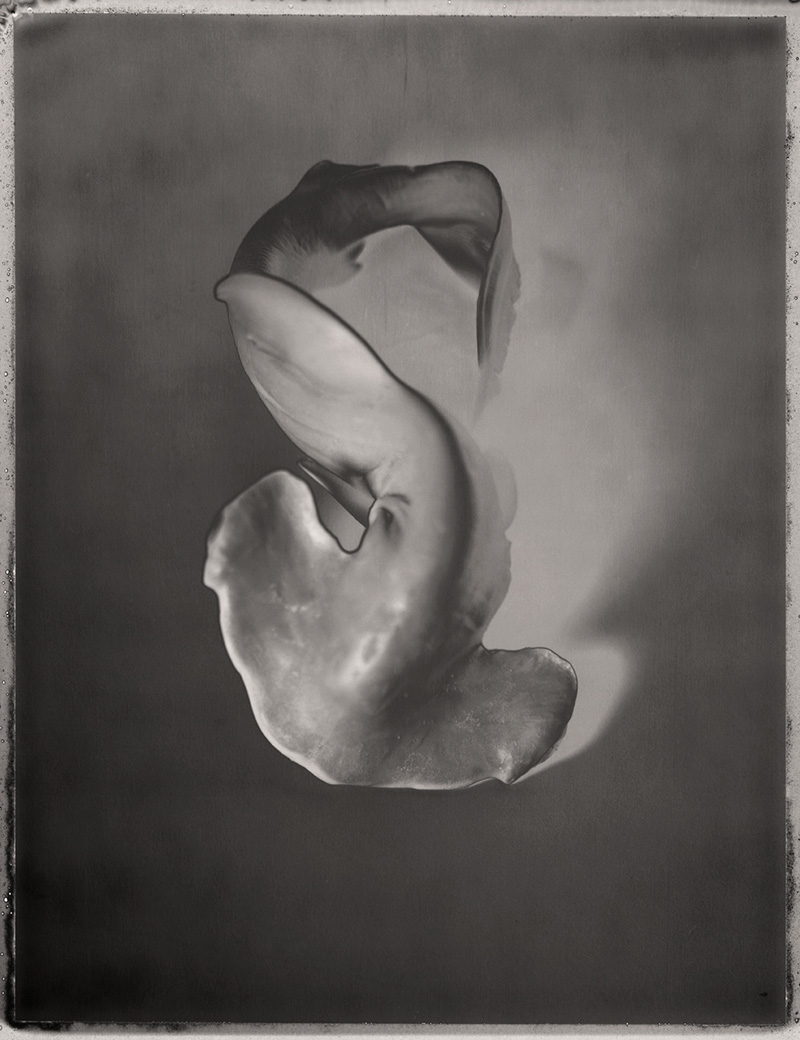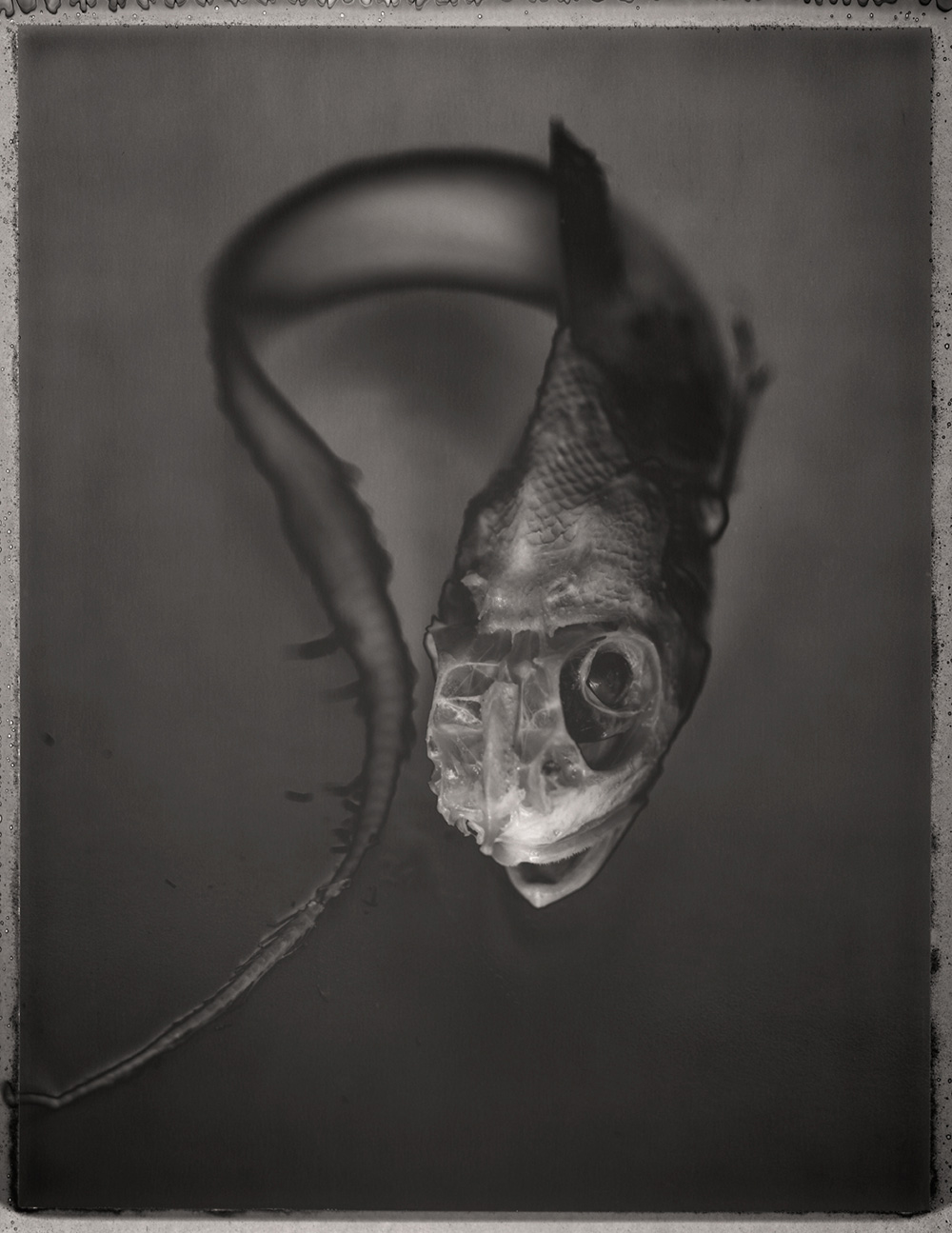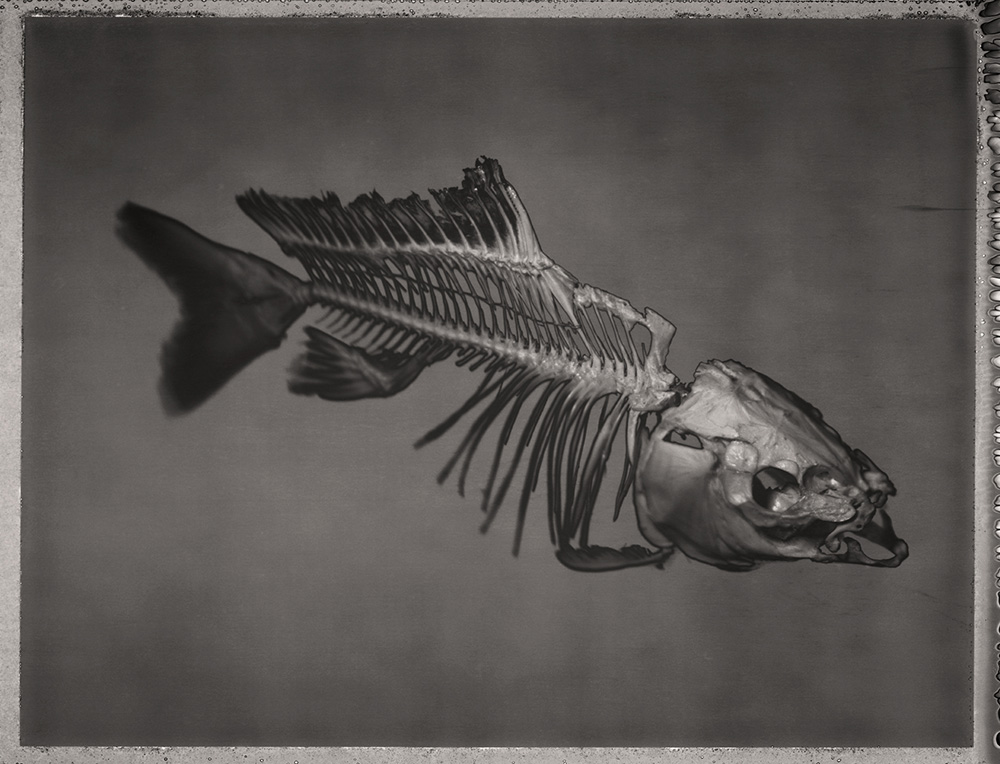For someone who grew up steps away from the ocean, I nurture a surprisingly persistent fear of its unknowns. Every summer I look forward to that first chilly dip. I inch my toes in and allow my body to acclimatize to the cold water of the northern Pacific Ocean. It’s a joyful feeling I’ve been waiting for all year. But when I feel my foot brush against something beneath me — a piece of seaweed, a fish, something more dangerous — my thoughts spiral into mild panic.
The ocean has long captivated the human imagination. But for every metre charted and mapped, every species catalogued, mysteries still exist. The ocean will never submit entirely to science. It is too vast and beautiful, too close to both life and death to ever be entirely comprehended and classified.
Photographer David Ellingsen understands this.
In the new exhibition Sea/Life — on display online at UBC’s Beaty Biodiversity Museum — the ocean and its many inhabitants are given the reverent treatment they deserve.
In striking black-and-white negatives of expired Polaroid film, Ellingsen documents some of the museum’s stunningly diverse sea creatures. Reminiscent of a bygone era of wet-plate photography, each image captures a skeleton or fully preserved specimen, suspended in motion, as they might appear in their natural habitats in the waters below us.
A school of silvery eels swims vertically towards the top of the frame, frozen in a balletic dance. A spotted pufferfish, its gills full and its fins propelling it forward, appears lit from the inside, its belly aglow. A hammerhead shark, body curved in an elegant contortion, resembles the petal of a flower.
Some of the images, like the gaping jaws of a blacktip shark, are terrifying. Others, such as the ridged back of a white sturgeon, are majestic. There are even surprisingly tender moments captured — a small seahorse that appears to be sleeping; the iridescent scales of a salmon’s tail fin.
They are all beautiful to behold.

In the text that accompanies the exhibit, Greenpeace founder Rex Weyler writes: “These images suggest a journey back to nature, a journey that ultimately awaits us all. [They] do not provide a taxonomist’s record of sea life, but rather appear to probe some forgotten mystery, a reciprocity of beauty and death that lurks in every living creature. In this way, Ellingsen’s art may aid us in finding our lost place in nature’s grand, dynamic dance of living patterns.”
The text goes on to document how we have lost this place, and the great harms that humans have perpetrated against the ocean and her residents. From plastic debris to overfishing and rising water temperatures, coral bleaching and oil spills, there can no longer be any doubt: “Humanity is the source of the catastrophe,” as Weyler observes.
It is hard not to feel overwhelmed with sadness reading these words. The images beside them open up a portal into a different world, one in which the richness of sea life is celebrated and respected.

As Weyler notes, Ellingsen’s images help us reflect on our relationship with these ocean creatures. Rather than “typically bright, colourful images of nature,” the photographs “awaken something deeper and more disturbing within the artist and the viewer.” He concludes that “this disturbance may serve to awaken within us a new relationship with the sea and with the natural world around us.”
The photographs remain with me long after I have viewed them, their haunting beauty etched in my mind. The power and grace of each creature is humbling. I feel tiny and insignificant in comparison. At once I am aware that the fear I may feel of the ocean and its unplumbed depths is nothing compared to the threat humans pose in return.
When I imagine the first swim of the summer, how much we will all want to dip our bodies in water after so much time indoors, how good the sea will feel on our skin, I think about the mysterious life teeming beneath us. Perhaps it is grateful for the momentary retreat of humanity. ![]()
Read more: Art, Environment

















Tyee Commenting Guidelines
Comments that violate guidelines risk being deleted, and violations may result in a temporary or permanent user ban. Maintain the spirit of good conversation to stay in the discussion.
*Please note The Tyee is not a forum for spreading misinformation about COVID-19, denying its existence or minimizing its risk to public health.
Do:
Do not: